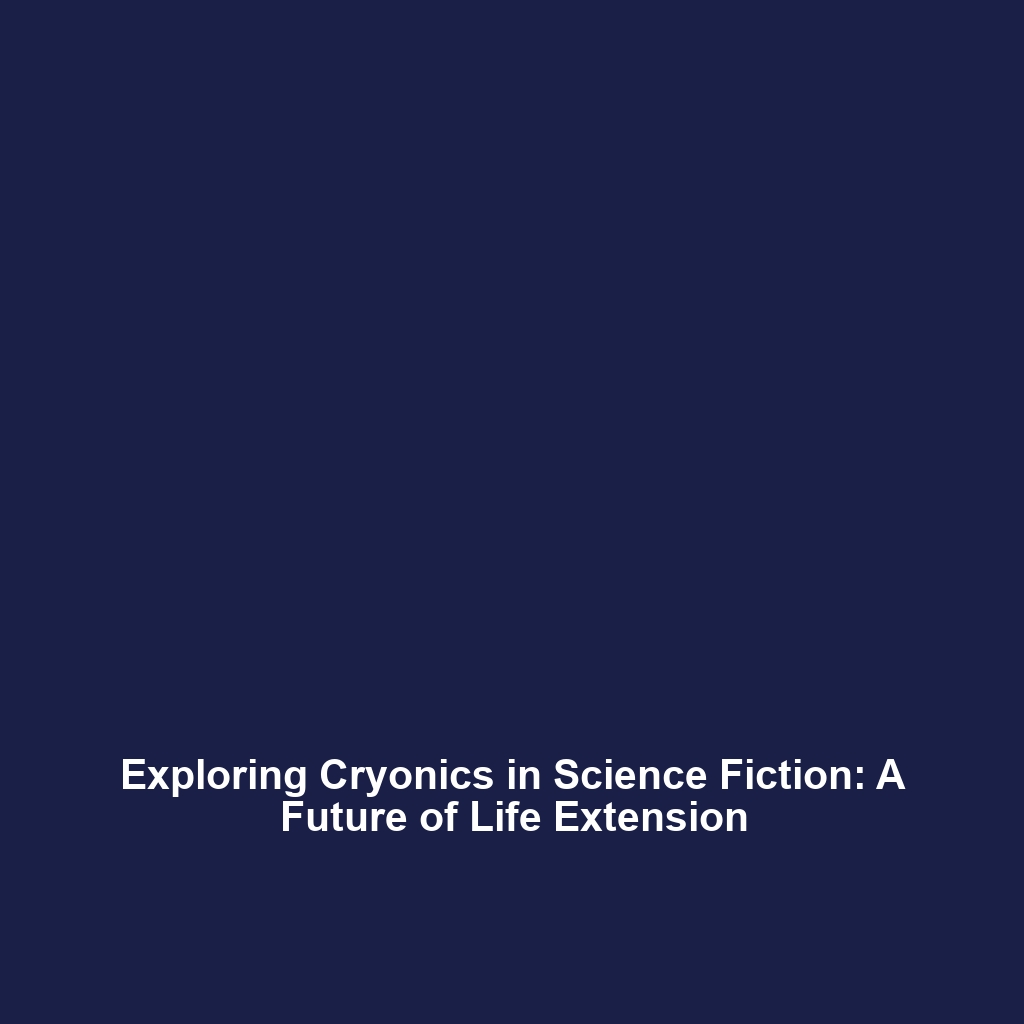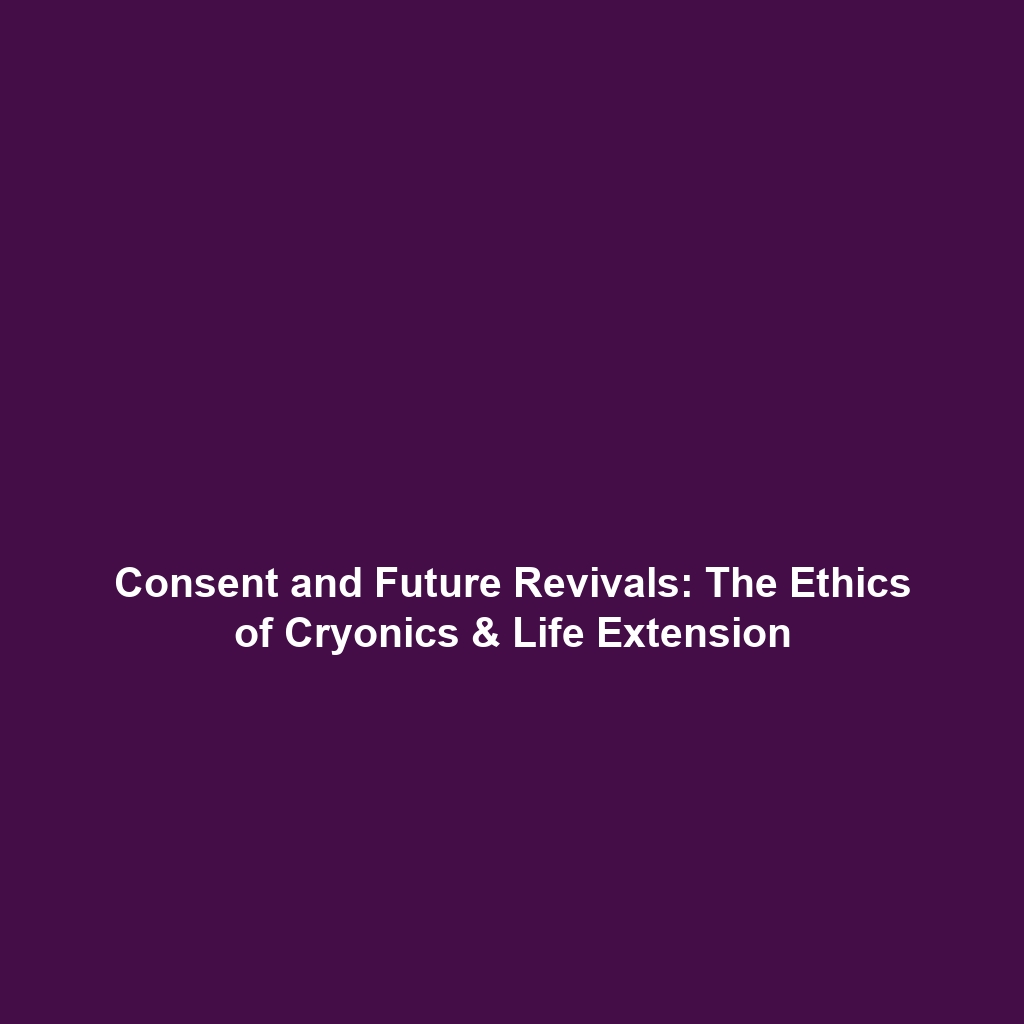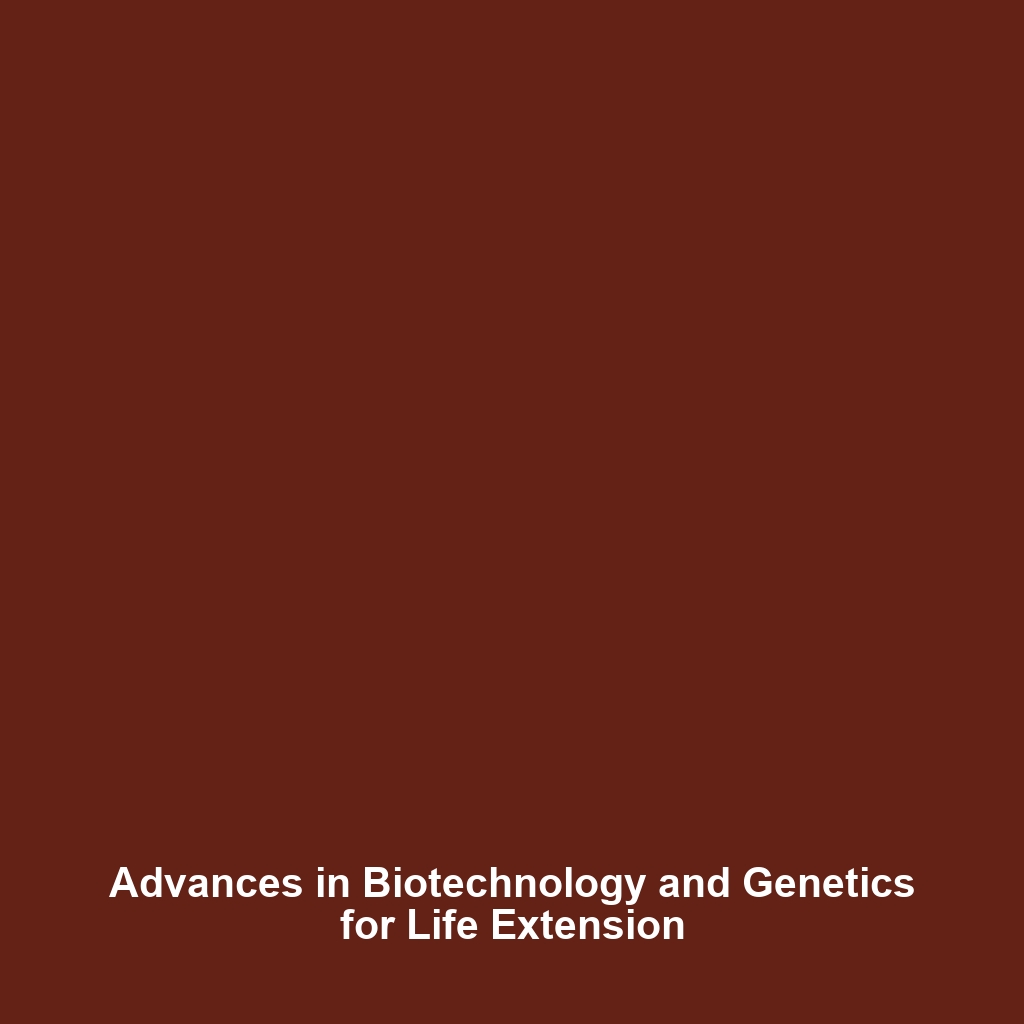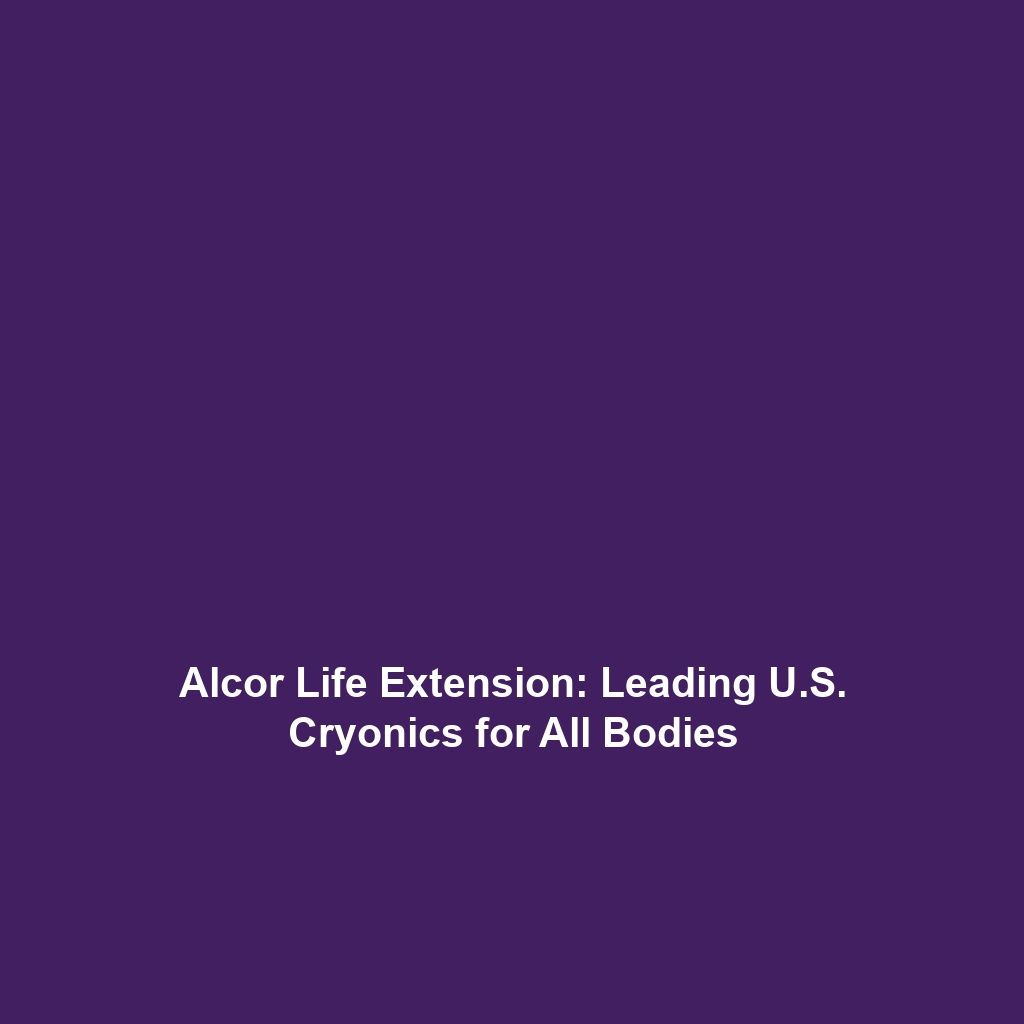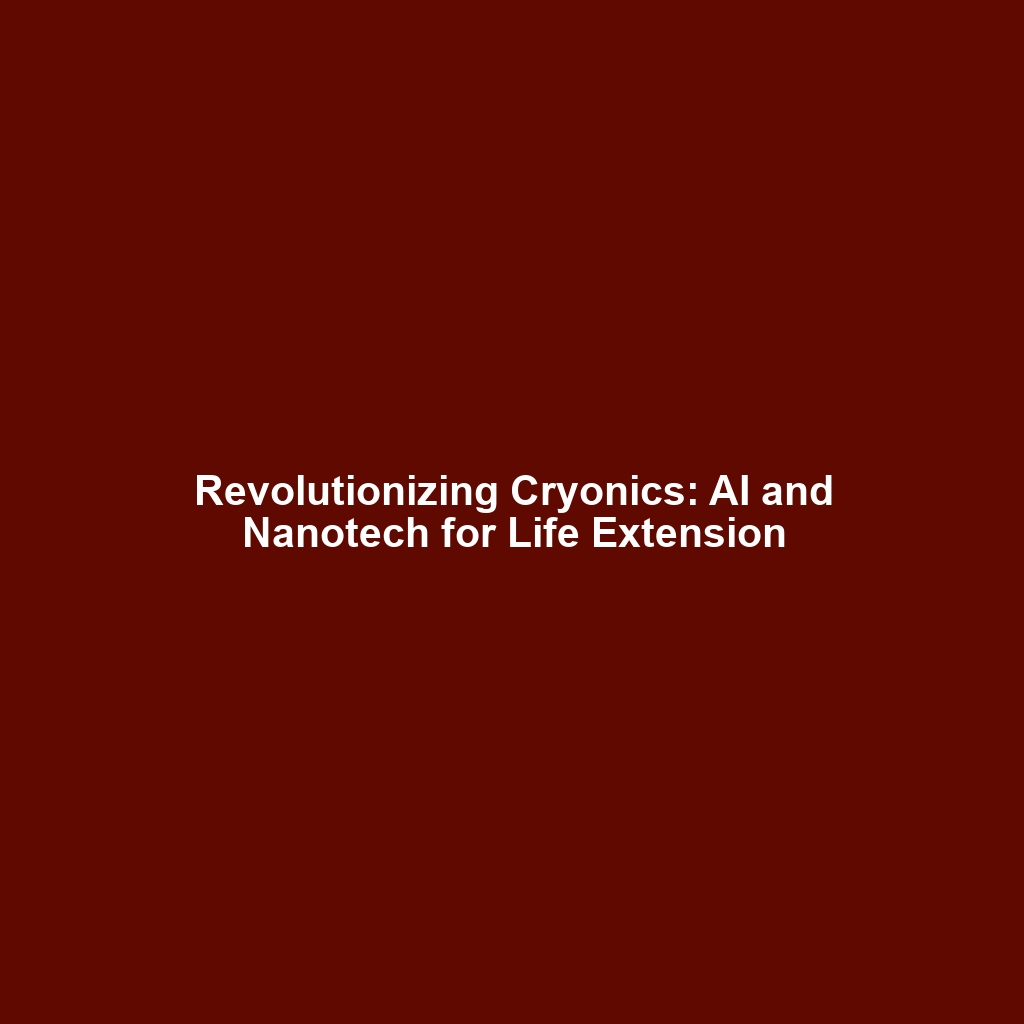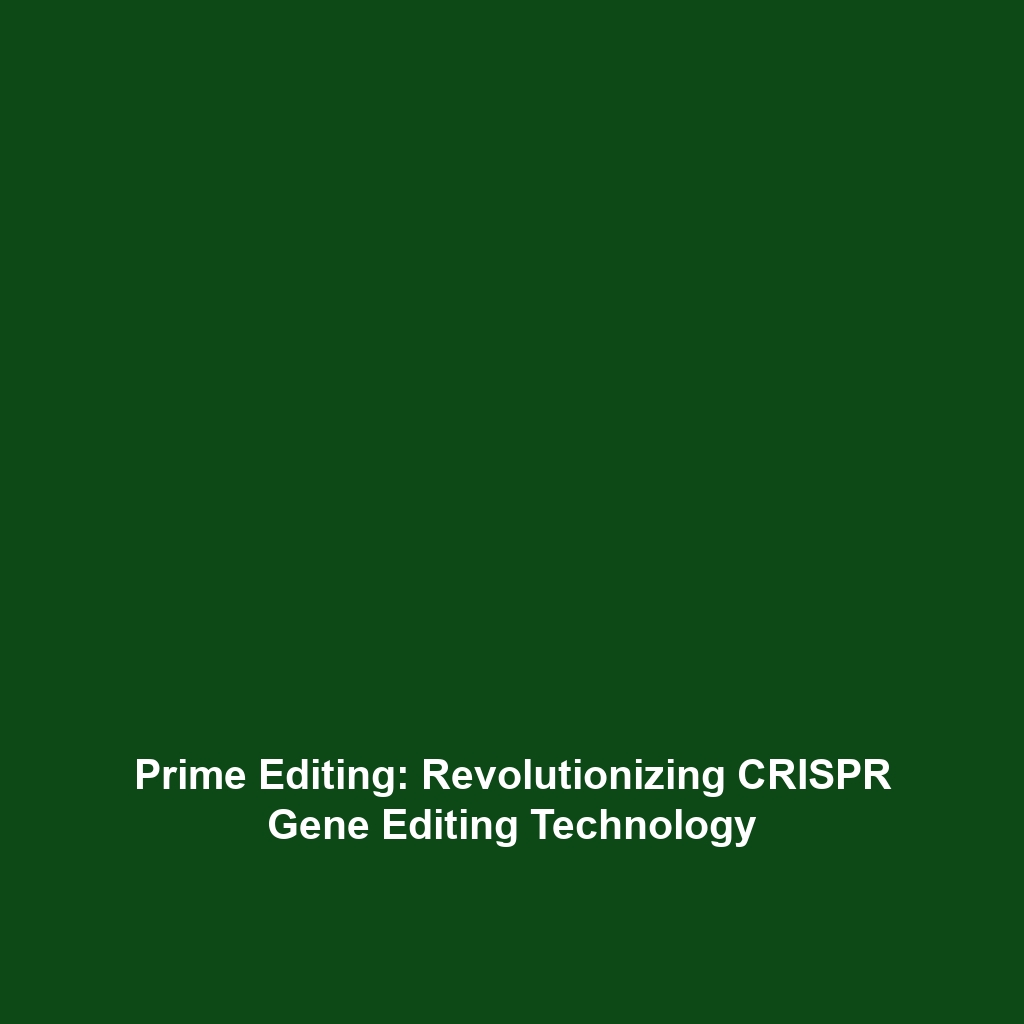Cryonics Societies and Advocacy: Pioneering Life Extension
Cryonics is the practice of preserving individuals at low temperatures after clinical death, with the hope of reviving them when advanced medical technologies become available. Within this context, Cryonics Societies and Advocacy play a crucial role in promoting awareness, providing resources, and fostering research related to life extension. These organizations aim to shape public perception and legislative attitudes towards cryonics, highlighting its potential to offer a new lease on life for those who choose it. This article delves into the key concepts, applications, challenges, and future innovations associated with Cryonics Societies and Advocacy.
Key Concepts of Cryonics Societies and Advocacy
Cryonics Societies are non-profit organizations that advocate for the science and ethics of cryopreservation. Their mission encompasses several important principles:
- Public Awareness: Increasing knowledge about cryonics among the general populace.
- Research Support: Funding and promoting scientific research in cryopreservation techniques.
- Legal Advocacy: Ensuring individuals’ rights regarding advanced directives for cryonics are protected.
These elements underscore the societal importance of Cryonics in the broader domain of Life Extension, paving the way for a future where preservation of life through technology becomes more mainstream.
Applications and Real-World Uses
The applications of Cryonics Societies and Advocacy are varied and impactful:
- Organ Preservation: Cryonics techniques are being explored for organ transplants, enabling long-term storage of organs.
- Patient Advocacy: These societies provide resources and support for families considering cryopreservation for terminally ill relatives.
- Scientific Collaboration: Facilitating partnerships between researchers and industry professionals focused on life extension technologies.
These practical uses showcase how Cryonics Societies actively engage in advancing the goals of Cryonics & Life Extension.
Current Challenges
While Cryonics Societies and Advocacy have made significant strides, they also face a number of challenges:
- Public Skepticism: Many remain doubtful about the efficacy of cryonics, hindering broader acceptance.
- Legal Barriers: Issues surrounding consent and advance directives can complicate the process of cryopreservation.
- Funding Limitations: Securing financial support for research in cryonics remains a significant hurdle.
Addressing these challenges is essential for furthering the mission of Cryonics within the Life Extension landscape.
Future Research and Innovations
Looking ahead, several innovations and research initiatives promise to advance the field of cryonics:
- Improved Cryoprotectants: The development of better cryoprotective agents that minimize cellular damage during freezing.
- Nanotechnology: Utilizing nanotech to repair tissues damaged by the freezing process is a focal point for future studies.
- Regenerative Medicine: Exploring the intersections between cryonics and stem cell research may redefine what is possible in life extension.
These potential breakthroughs highlight a promising future for Cryonics Societies and Advocacy as they continue to strive for innovations in Cryonics & Life Extension.
Conclusion
In summary, Cryonics Societies and Advocacy represent a vital component of the broader Cryonics & Life Extension movement, driving public awareness, supporting critical research, and advocating for ethical practices. As society continues to grapple with the implications of advanced preservation techniques, the role of these organizations will be crucial in shaping future discussions and policies. Learn more about the complexities of cryonics, visit our related topics section for deeper insights and information.


